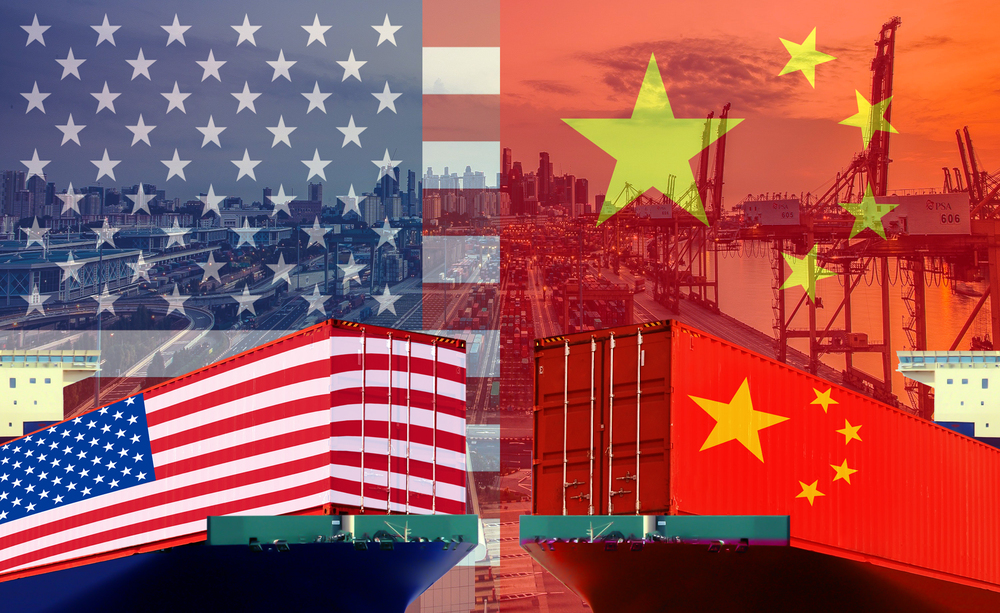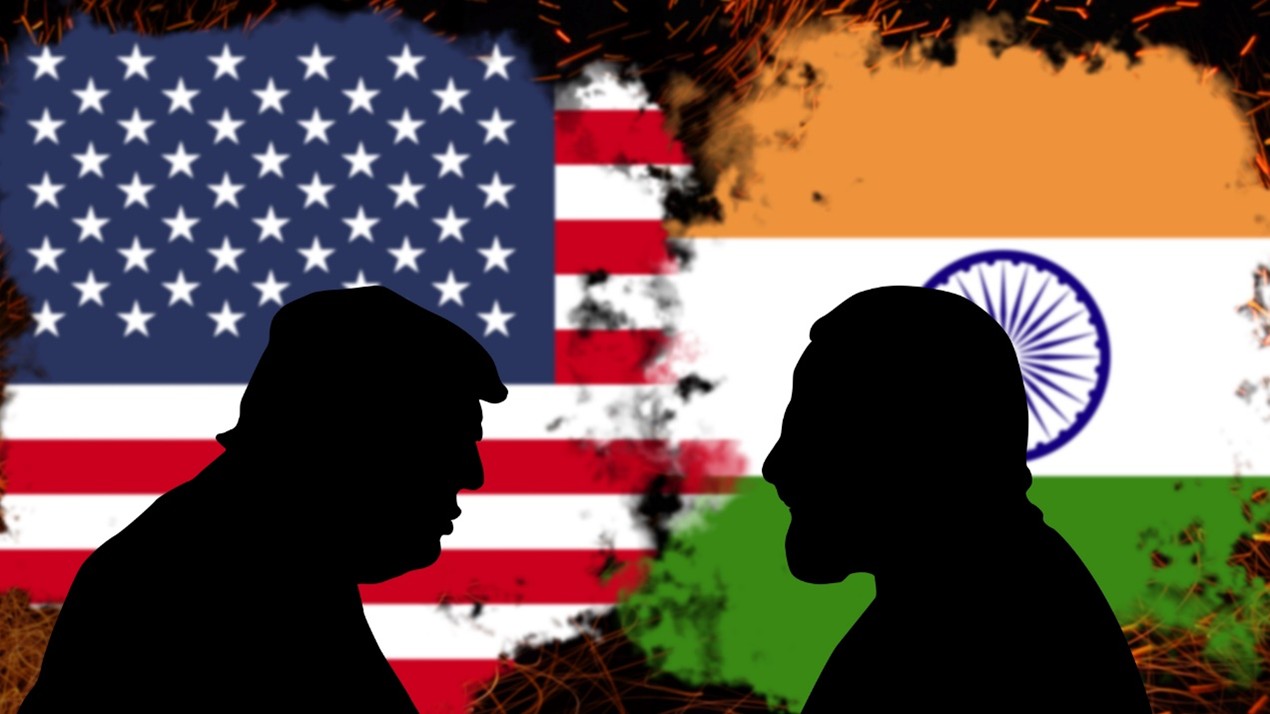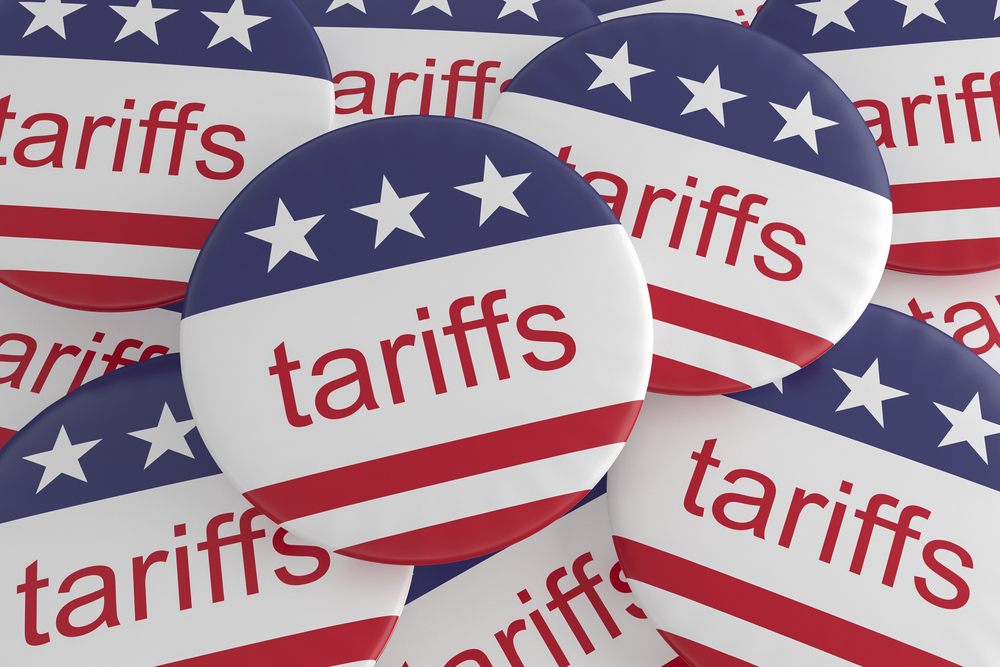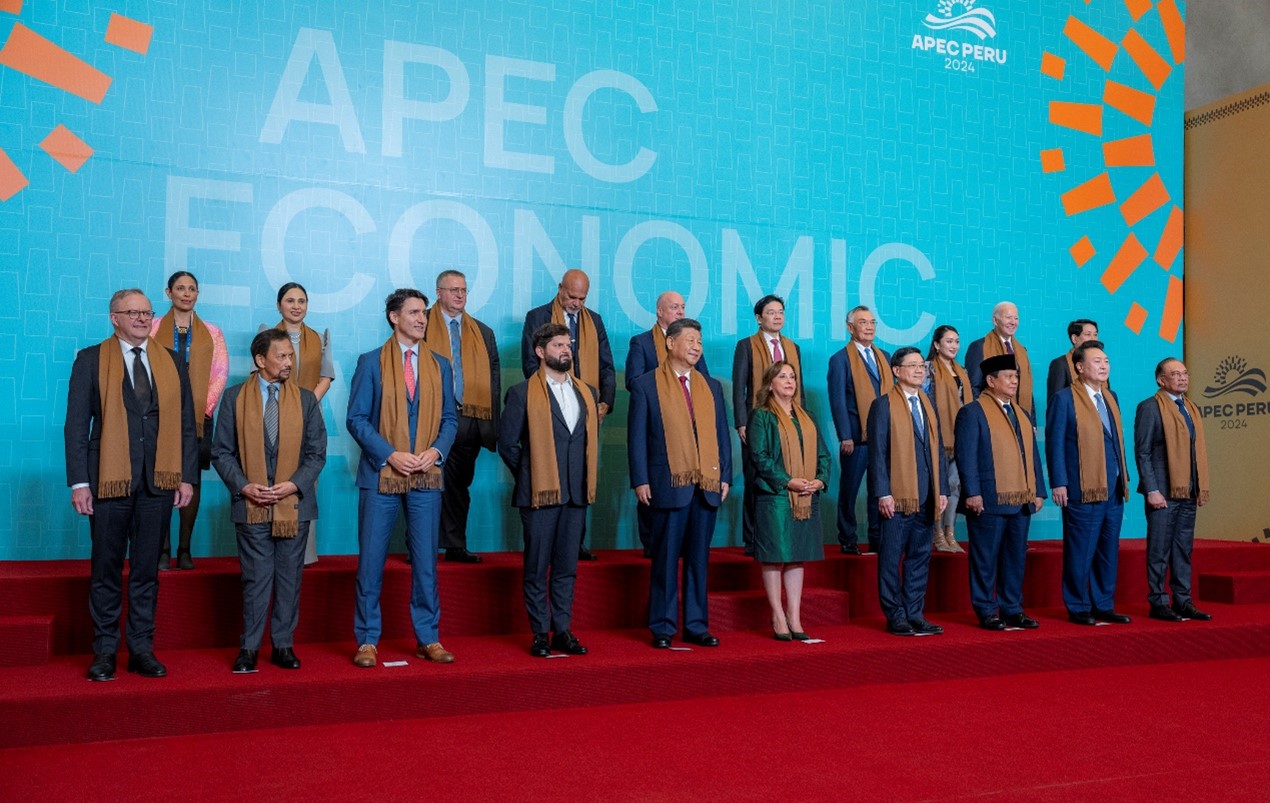The U.S.-China trade war continues to intensify, with no clear end in sight. Despite the growing economic fallout, both sides appear locked in a high-stakes escalation game — convinced the other side will blink first. Picture source: Depositphotos.
Prospects & Perspectives No. 24
The U.S.-China Trade War:
Escalation without Strategic Direction
By Patricia M. Kim
The U.S.-China trade war continues to intensify, with no clear end in sight. Despite the growing economic fallout, both sides appear locked in a high-stakes escalation game — convinced the other side will blink first. The Trump administration’s recent move to temporarily suspend reciprocal tariffs on all countries except China has been framed as a strategic maneuver to rally partners and increase multilateral pressure on Beijing. Meanwhile, Beijing has vowed not to yield to pressure. Chinese officials have pledged to “fight to the end,” insisting that any negotiations must take place on “equal footing.” Beijing has also issued warnings to third countries not to cut deals with Washington at Beijing’s expense.
Both Washington and Beijing are fixated on tactical moves designed to outmaneuver the other, but neither has articulated a viable vision for resolving their trade disputes. Each side believes it holds the upper hand. But the reality is that both are trapped in a standoff that cannot be decisively won.
Clashing worldviews, incompatible demands
At the heart of the conflict lie two deeply entrenched and irreconcilable perspectives. From Washington’s viewpoint, core grievances center on Chinese overcapacity, unfair trade practices, and, ultimately, a state-directed economic model that distorts global market competition. China’s economic practices, American officials argue, have harmed U.S. industries, hollowed out domestic manufacturing, and reshaped the global economy in China’s favor.
Beijing, on the other hand, views U.S. actions as part of a broader strategy to contain and constrain China’s rise. From its perspective, Washington’s export restrictions, sweeping sanctions on Chinese tech firms, and efforts to forge coalitions to counter unfair Chinese economic practices are less about fairness and more about preserving American dominance.
The problem is that the fundamental demands of each side are essentially nonstarters. The United States wants China to significantly alter its state-led, subsidized economic model — a model which Beijing sees as integral to its development strategy and to the legitimacy of the Chinese Communist Party. Meanwhile, China wants the United States to ease restrictions, lift tariffs, and continue trading — without actually addressing its structural practices that triggered them in the first place.
Mutual overconfidence
From tariff hikes and export controls to tit-for-tat sanctions and political grandstanding, the trade war has devolved into a series of tactical maneuvering.
Part of the problem is that each side believes it can endure the pain better than the other. Washington believes that China is too dependent on the U.S. consumer market, that the United States has a superior innovation ecosystem and that it can rally others to collectively isolate Beijing.
Beijing, meanwhile, is confident in its long-term resilience. It believes the Chinese public is more tolerant of economic hardship than their American counterparts, and that its efforts to diversify trade, strengthen self-reliance, and tap into its vast domestic market will ultimately reduce its vulnerability.
Both sides are miscalculating. Yes, China can absorb pain — but it needs stability as it faces mounting domestic pressures, including youth unemployment, deflation, and a deepening property crisis. While Beijing may be accelerating its push for indigenous innovation, it remains dependent on advanced U.S. semiconductors and technologies, global financial networks, and access to international consumer markets.
The United States has considerable economic leverage — but it cannot insulate itself from the costs of disruption. American manufacturers, retailers, and tech firms are deeply tied to Chinese production. Supply chain volatility, inflation, and waning confidence in the U.S. economy are already taking a toll. In addition, the Trump administration’s alienation of U.S. allies has cast doubts on Washington’s ability to forge a cohesive coalition capable of negotiating more effectively with Beijing.
Defining an end game
Perhaps the most troubling aspect of the U.S.-China trade conflict is the absence of clear strategic objectives. What are both sides ultimately trying to achieve? Leverage-building only matters if there’s a clear destination. Without it, both countries risk drifting into a cycle of escalation for escalation’s sake.
The trade war will not end with unilateral capitulation. Resolution will require both Washington and Beijing to move beyond maximalist demands and begin sketching out the contours of a workable, if imperfect, deal. Such an agreement will not dismantle China’s state-led economic model, nor will it end all U.S. trade restrictions. But it could establish practical workarounds that lay the foundation for a more stable and mutually sustainable economic relationship. A pragmatic deal is far better than a prolonged stalemate or full-scale economic decoupling. It would help restore predictability to the global economy and reduce the risk of unintended escalation.
That process must start from the top. Presidents Trump and Xi Jinping should begin by defining the broad principles for engagement: a stable, fair, and rules-based economic relationship that includes mutual safeguards for national security and supports long-term economic viability on both sides. Equally important, they should identify areas where they believe economic cooperation remains possible — such as Chinese investment in non-sensitive sectors of the U.S. economy — and clearly reject unrealistic outcomes, like full-scale decoupling.
Once those strategic contours are drawn, working-level teams can be empowered to negotiate the details, sector by sector.
Trade, of course, is only one piece of the broader U.S.-China agenda. Any serious diplomatic reengagement must also address issues such as counter-narcotics cooperation, arms control, and crisis coordination in a volatile world — where the war in Ukraine grinds on, and tensions persist in the Middle East and the Korean Peninsula.
The world cannot afford an indefinite standoff between its two largest economies. The longer this conflict lingers, the more it threatens to fracture global trade, leave urgent regional and global crises unaddressed, and force smaller countries into impossible choices. Without a clear off-ramp, the current trajectory risks spiraling into an economic cold war with unpredictable consequences. A managed rivalry is still possible — but only if both capitals stop posturing and chart a responsible path forward.
(Patricia M. Kim is a fellow – Foreign Policy, at the Brookings Institution’s Center for Asia Policy Studies, John L. Thornton China Center.)






